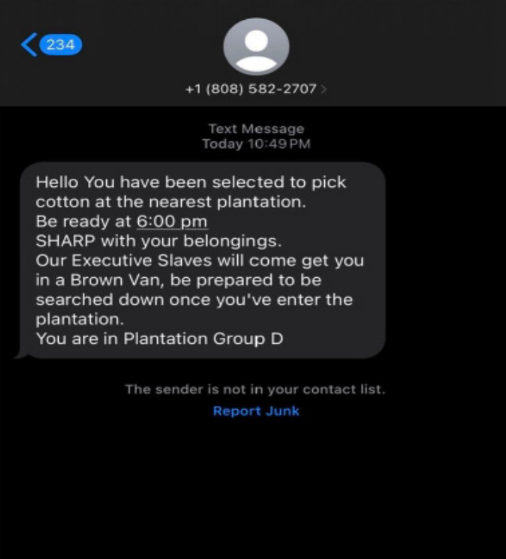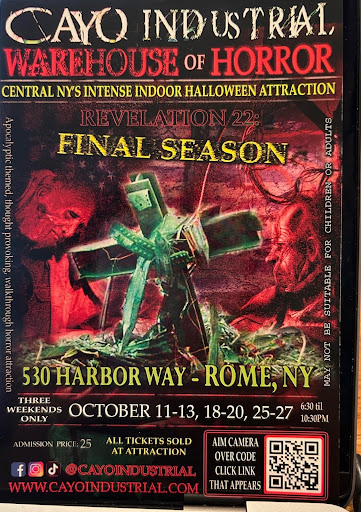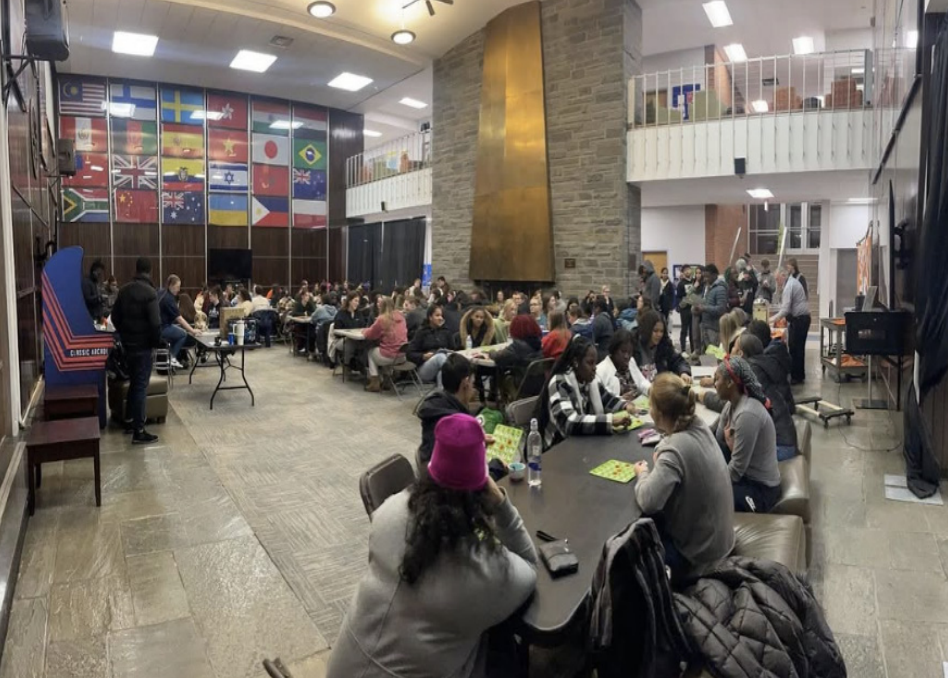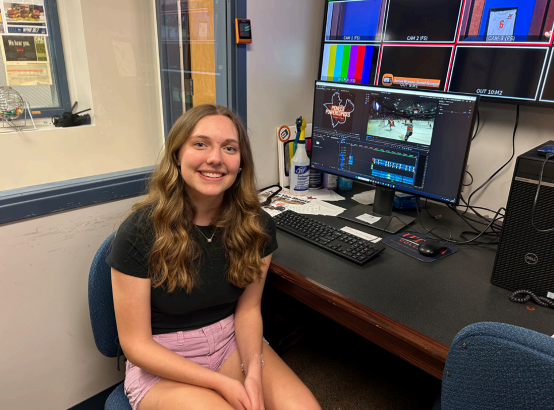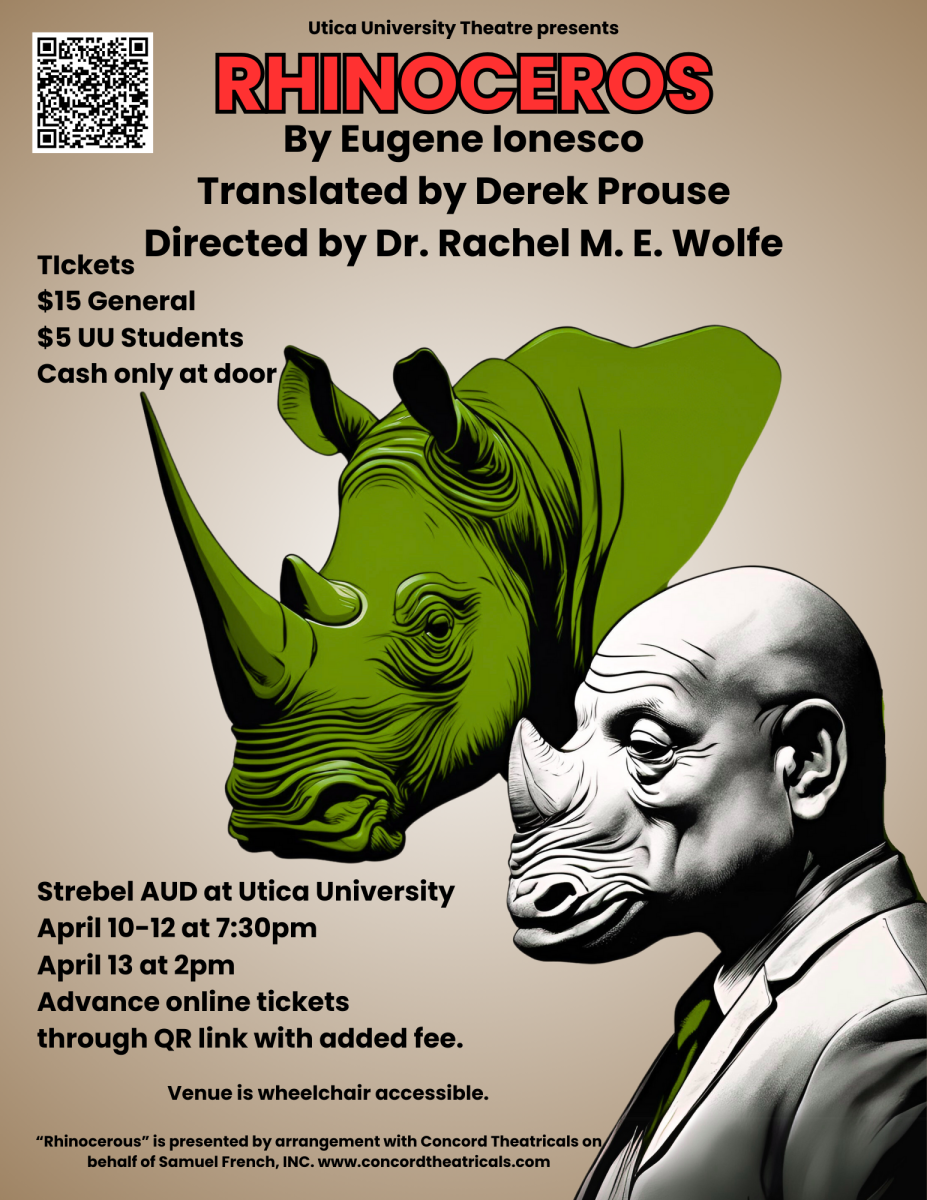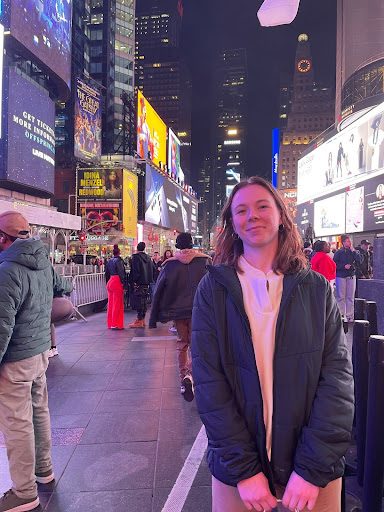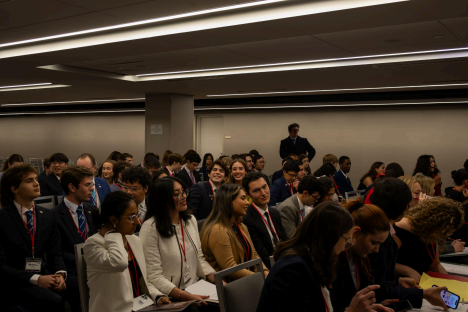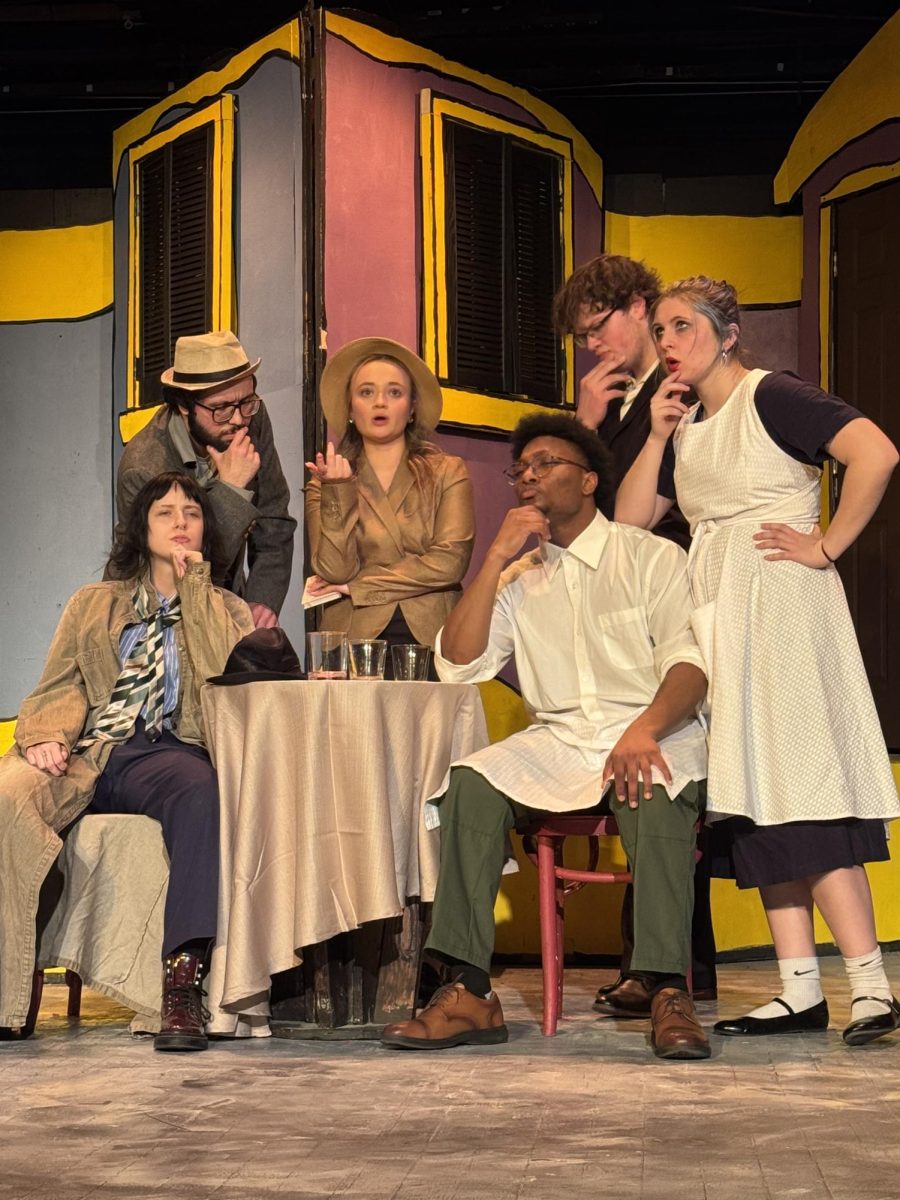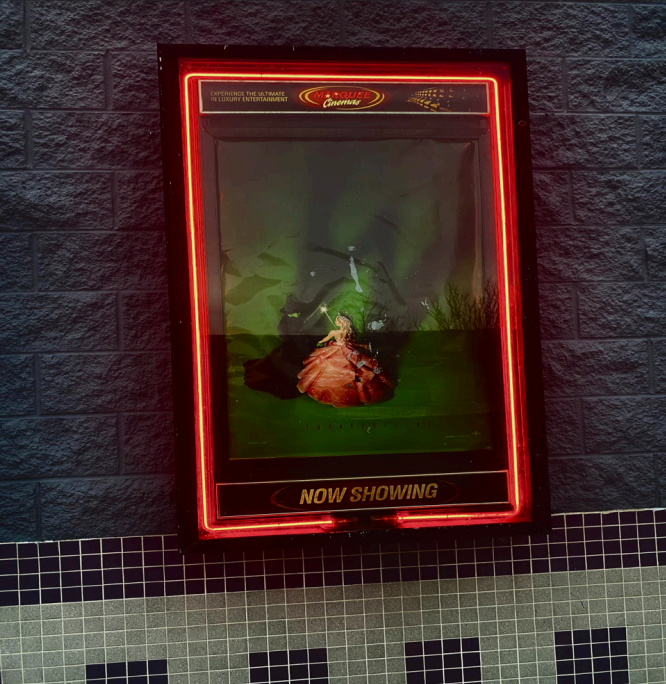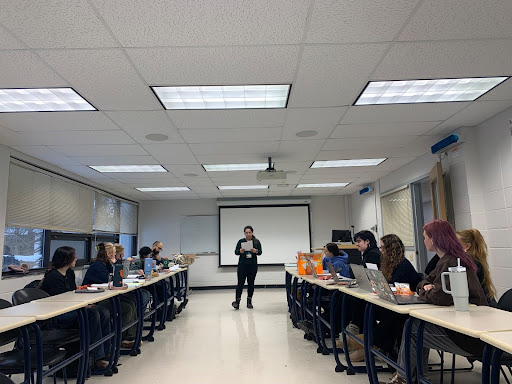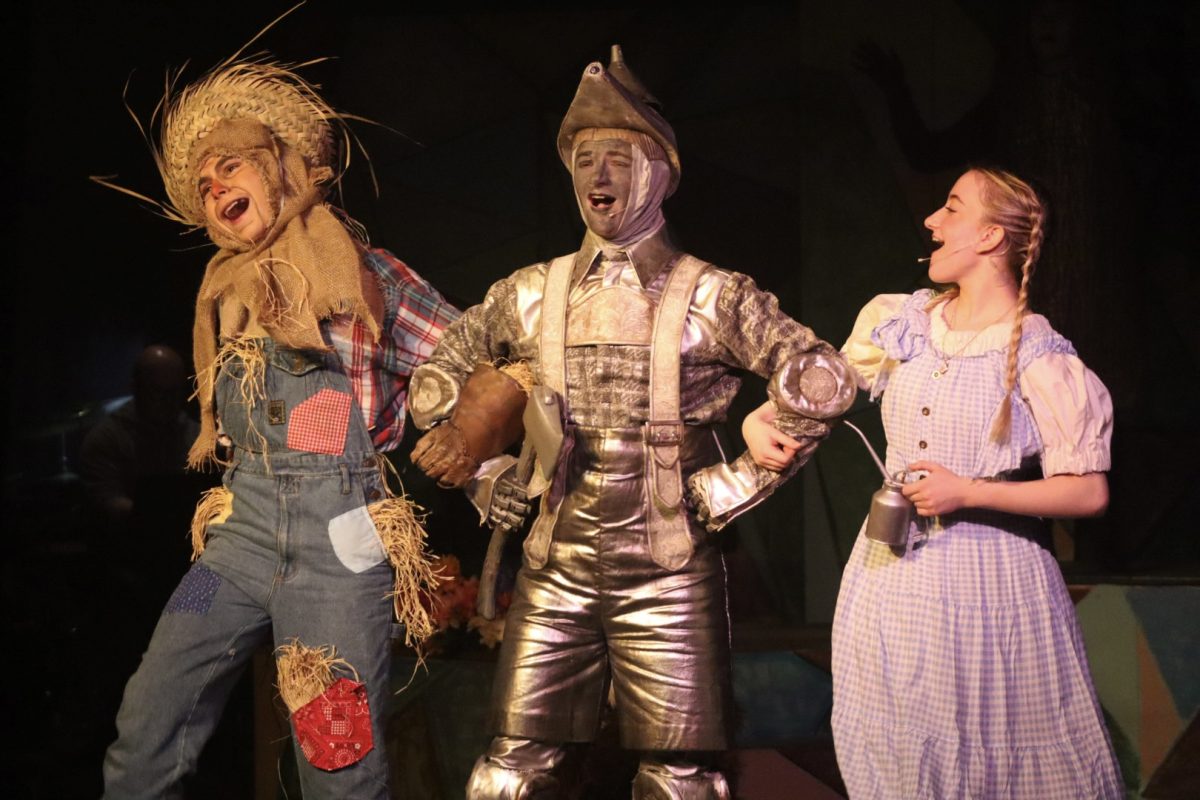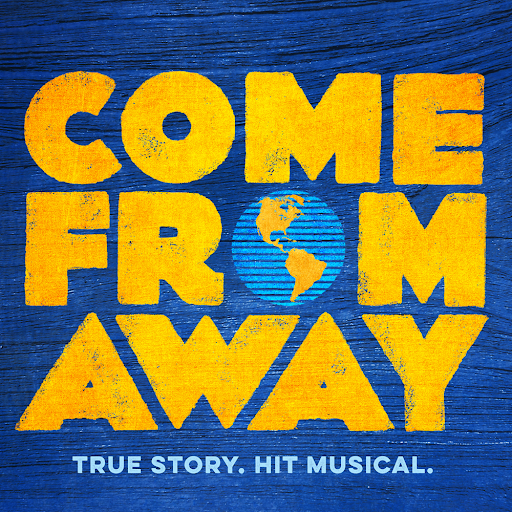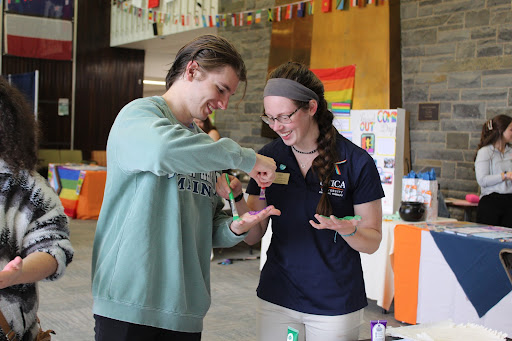Are you the kind of person who misses familiar faces greeting you on a daily basis? Are you the kind of person looking for an interesting gaming experience which offers just enough participation without the sometimes overwhelmingly repetitive nature of grinding through a forty-hour game?
Created and developed by Indonesian indie studio Toge Productions, Coffee Talk is a game that places you in the role of the barista/owner of a coffee shop only open after sunset in a fictional, fantastical version of Seattle. In addition to humans, the setting is occupied by orcs, elves, dwarves and a number of other mythical races.
The game is what’s called a visual novel, meaning that while the player is involved in certain respects, the story has a set path. There are no dialogue options for the player to choose from. Instead, the player’s character reacts to situations presented with other characters with a predetermined choice of words.
The only means of interaction that the player has with the game is through the creation of various drinks that the player’s character can make and serve to the patrons. The creation of the drinks is usually accompanied by a mini-game in which the player can make latte-art. The quality of the drinks do have an effect on the way the other characters will interact with one another, as well as for a few key story moments so there is an element of agency to this aspect of the game.
The biggest selling point that the game has is the story itself and for how the game is structured, the story is well executed. The game is essentially a collection of stories that the player’s character overhears and witnesses being played out over the course of the game’s runtime, with themes of love, depression, anxiety and ambition being major players. Stories include a writer struggling to finish her book to beat a rapidly approaching deadline, the complicated romance between an elf and a succubus and a young pop-star’s seemingly tense and awkward relationship with her father.
Likely written in between her bouts of writer’s block, the writer’s short stories appear in the game’s fictional newspaper. The stories can be accessed from the player’s in-game phone and new stories are added as the game progresses. The stories themselves are dialogue-centric, much like the game itself, but are an enjoyable addition that makes the game’s universe feel more fleshed out. The phone also allows players to read the profiles of the patrons on a fictional social media website, which offers more tidbits about the personalities of the characters.
I’ve seen other reviews of the game mention how, while the game does delve into heavier topics, it won’t do so in very profound or unique ways, which I can partially agree with. But with so much social unrest facing society today, I felt like the semi-surface level forays were perfectly acceptable. The game is about individual stories—not about being an excuse to harp on about issues that can be talked about and expanded upon elsewhere.
The game’s soundtrack is also one of the game’s strong points. Composed by Andrew Jeremy, the soundtrack is a soundscape of mellow vibrations made to quell the raging mind, which fans of lofi music will easily fall in love with. However, each track has a number of layers, which helps to not make the music seem too droning or repetitive.
Stand-out tracks on the soundtrack include: “Sunset in the City,” which plays in the transition between each day and make you not want to open the shop, “Onto the Bridge,” which has a great fretless bass hook, “A Little Sway,” a playful tune that is equal parts cool and warm, and “Moon Bright,” a piano-centric number that reminds me of old RPG soundtracks on 16-bit consoles.
Upon completing the game’s story mode—about a six to seven-hour affair—what remains gameplay wise is an endless mode. Here the player can choose between two versions of the mode: random or challenge. Challenge offers the most engagement, as it involves the characters you meet in story mode asking you for increasingly vague or complicated orders designed to test your spontaneity and educated guesses, all on a timer.
Sadly, once you’ve mastered endless mode, there’s little left to do in the game aside from replaying the story again. However, I don’t see this as a big deal. The fact that the game operates as an interactive novel means that, like rereading a book after time away, the game can be enjoyed multiple times.
At the very least, you can walk away from the game with some knowledge on mixed drinks that you can make in your spare time. I tried making a few myself, and I found a certain drink made of milk, cinnamon and honey to be the perfect thing to drink before going to sleep.
The game is available on the current generation of consoles, as well as PC.

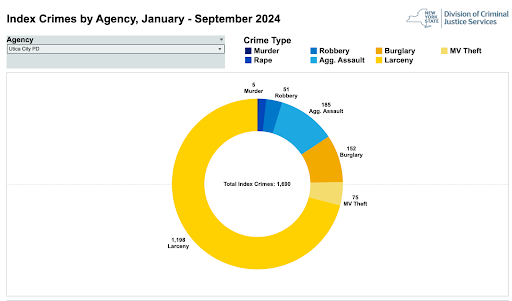
















![President Todd Pfannestiel poses with Jeremy Thurston chairperson Board of Trustees [left] and former chairperson Robert Brvenik [right] after accepting the university's institutional charter.](https://uticatangerine.com/wp-content/uploads/2023/10/unnamed.jpeg)

